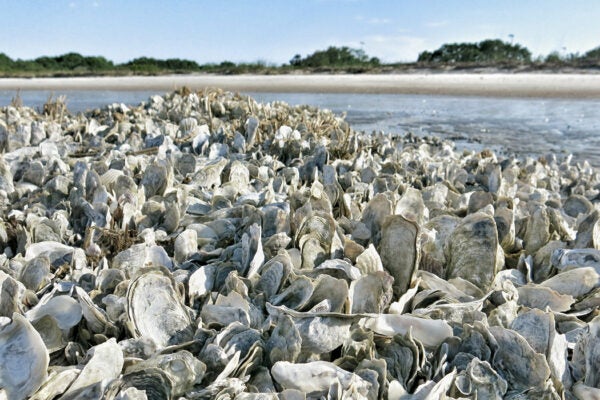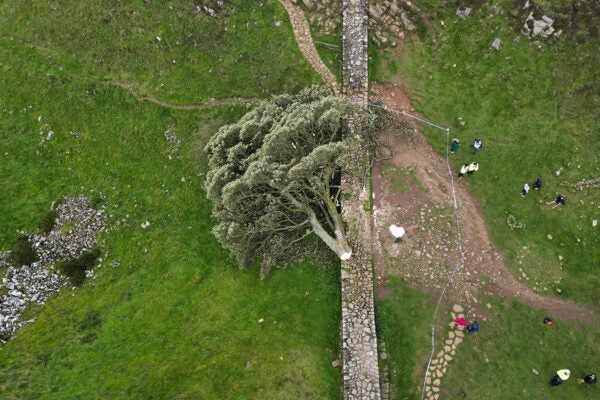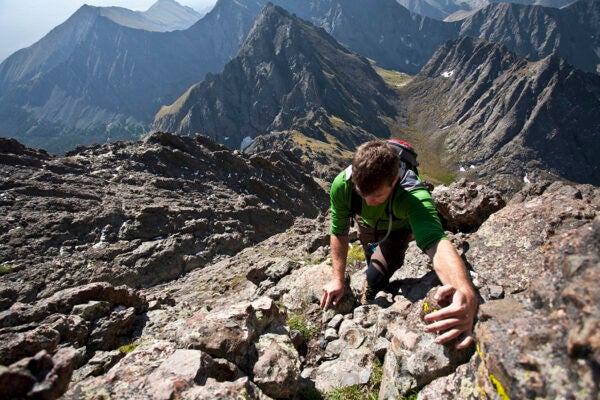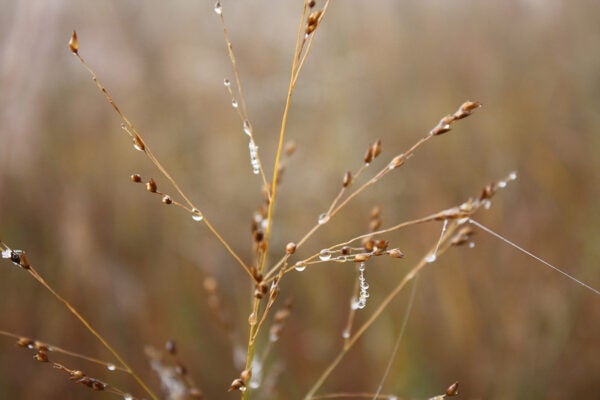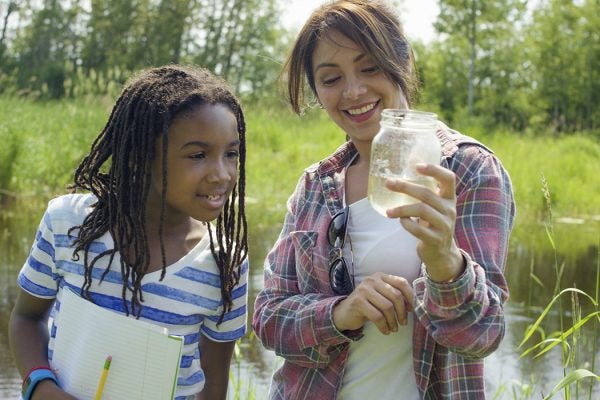Shucking the Past: Can Oysters Thrive Again?
Dredging and pollution devastated the once-bountiful reefs. Careful science may help bring them back.
Jane Goodall
An intellectual powerhouse and dedicated conservationist, Goodall showed generations of humans how to engage with—and take care of—the natural world.
An Untimely Death at Sycamore Gap
The outcry over the violent felling of a beloved tree in 2023 affirms the power trees hold in our cultural memory.
How Science Might Help Keep Wild Places Wild
Recreation researchers are studying how to minimize human impact on public lands while maximizing accessibility.
Weird and Wondrous Sea Cucumbers
These spiny or slimy ocean creatures display an astonishing diversity of appearances, behaviors and lifestyles. Many are increasingly threatened.
Voting as a Tool for Environmental Justice
Casting a vote at your local polling place helps elect candidates who can enact environmental policies while in office. But is voting enough to bring change?
Switchgrass: An Old Grass Gets a New Use
The perennial prairie grass used to cover large swaths of the American Midwest, creating vibrant ecosystems where birds, butterflies, and bison roamed.
Marshall Islands Wave Charts
Charts constructed of carefully bound sticks served as memory aids, allowing sailors of the Marshall Islands to navigate between the islands by feel.
Women in Science Textbooks
A team of scholars examined the seven most popular ecology textbooks. Guess what they didn't find?
How to Increase Diversity in Community Science Projects
There's often a disconnect between the ambitions of scientists engaging the public and the potential participants themselves.
